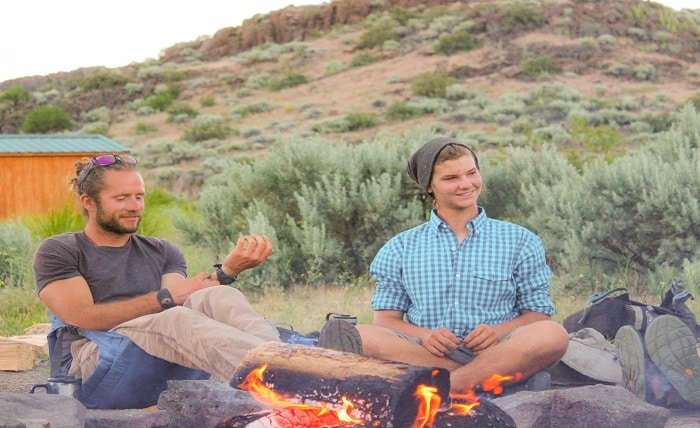
Introduction
BlueFire Wilderness Therapy is a program designed to assist young individuals facing emotional, behavioral, or mental health challenges. It uses outdoor activities and therapeutic practices to promote healing and personal growth. However, over the years, allegations of BlueFire Wilderness abuse have emerged, raising serious concerns about the safety and efficacy of such programs. This blog delves into these allegations, the systemic issues they reveal, and what can be done to address them.
BlueFire Wilderness Therapy
BlueFire Wilderness Therapy claims to provide a structured environment where struggling teens can develop resilience, self-awareness, and coping skills. It combines wilderness expeditions, clinical therapy, and skill-building activities. Despite these lofty goals, reports of bluefire wilderness abuse have brought the program under scrutiny, sparking debates about the ethical and effective treatment of vulnerable youth.
Key Allegations of BlueFire Wilderness Abuse
Numerous allegations of BlueFire Wilderness abuse have surfaced, including claims of emotional manipulation, physical mistreatment, and neglect. Participants and families have reported cases where program staff allegedly used harsh disciplinary tactics, isolation, and excessive physical demands. Such practices, if true, contradict the therapeutic goals of the program and raise questions about the safety measures in place.
Impact of BlueFire Wilderness Abuse on Participants
The effects of BlueFire Wilderness abuse can be devastating for participants. Emotional trauma, trust issues, and a heightened sense of vulnerability are some of the reported outcomes. Many young individuals enrolled in such programs already face significant mental health challenges, and allegations of mistreatment exacerbate their struggles. For some, these experiences can lead to long-term psychological scars.
The Broader Debate on Wilderness Therapy Practices
Allegations of BlueFire Wilderness abuse are not isolated; they are part of a larger conversation about wilderness therapy programs. While such programs claim to offer transformative experiences, critics argue that they often operate with insufficient oversight and regulation. This lack of standardization allows potential misconduct to go unchecked, as highlighted by stories linked to BlueFire Wilderness and similar programs.
How to Address BlueFire Wilderness Abuse Concerns
To mitigate the risks of bluefire wilderness abuse, it is essential to implement stricter oversight and regulations. Licensing bodies must ensure that staff are adequately trained, and all practices adhere to ethical guidelines. Families considering wilderness therapy should research extensively, ask detailed questions, and seek third-party reviews before enrolling their children. Transparency and accountability are crucial in preventing abuse.
Alternatives to Wilderness Therapy
For families concerned about the risks of BlueFire Wilderness abuse, exploring alternative therapeutic options may be beneficial. Traditional counseling, family therapy, and outpatient treatment programs can provide support in a more controlled and regulated environment. While wilderness therapy may suit some individuals, alternative options should be thoroughly considered to ensure the safety and well-being of the participant.
Conclusion
The allegations of BlueFire Wilderness abuse underscore the importance of accountability and oversight in therapeutic programs. While wilderness therapy can offer significant benefits when executed ethically, unchecked practices risk harming the very individuals they aim to help. Families, stakeholders, and regulatory bodies must work together to ensure that programs like BlueFire Wilderness prioritize safety, transparency, and effective treatment.
FAQs
1. What is BlueFire Wilderness Therapy?
BlueFire Wilderness Therapy is a program designed to support youth facing mental health or behavioral challenges through outdoor therapy.
2. What are the allegations of BlueFire Wilderness abuse?
Allegations include emotional manipulation, physical mistreatment, neglect, and the use of excessive disciplinary measures.
3. How can families identify potential abuse in wilderness therapy programs?
Families should research thoroughly, ask for reviews, consult professionals, and inquire about staff qualifications and safety protocols.
4. Are there alternatives to wilderness therapy?
Yes, families can consider traditional counseling, outpatient therapy, or family-based treatment programs as safer alternatives.
5. What steps can be taken to prevent abuse in wilderness therapy programs?
Increased oversight, stricter regulations, and transparent practices are key to ensuring the safety and effectiveness of such programs.





